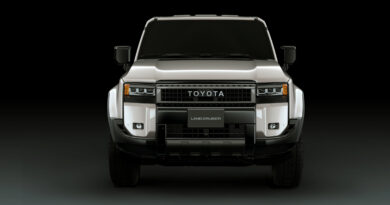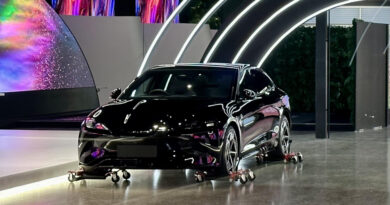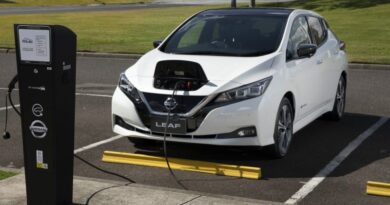Kia EV6 versus Hyundai Ioniq 5: What’s the difference between these two new EVs?
Kia EV6 versus Hyundai Ioniq 5? They might come from the same parent company – and share a lot of the same important bits – but there are some key differences between these two exciting EVs.
And if you’re in the market for one of these exciting new electric vehicles, then stick around, because we’ll tell you exactly what those differences are.
While both brands have dabbled in the EV space, the Kia EV6 and Hyundai Ioniq 5 represent their first full-court press into electric vehicles, riding on bespoke electric architecture, and sporing clever charging and battery tech to boot.
EXCLUSIVE REPORT: New EV electric car calendar: Every new EV coming soon
But while both a similar, they’ll also both be different, especially in Australia, where both brands seem set to target different launch and specification strategies.
Want the latest EV news and reviews delivered to your inbox? Subscribe to our weekly newsletter!
So Kia EV6 versus Hyundai Ioniq 5 – what’s the difference?
Kia EV6 versus Hyundai Ioniq 5: Australian pricing and specifications
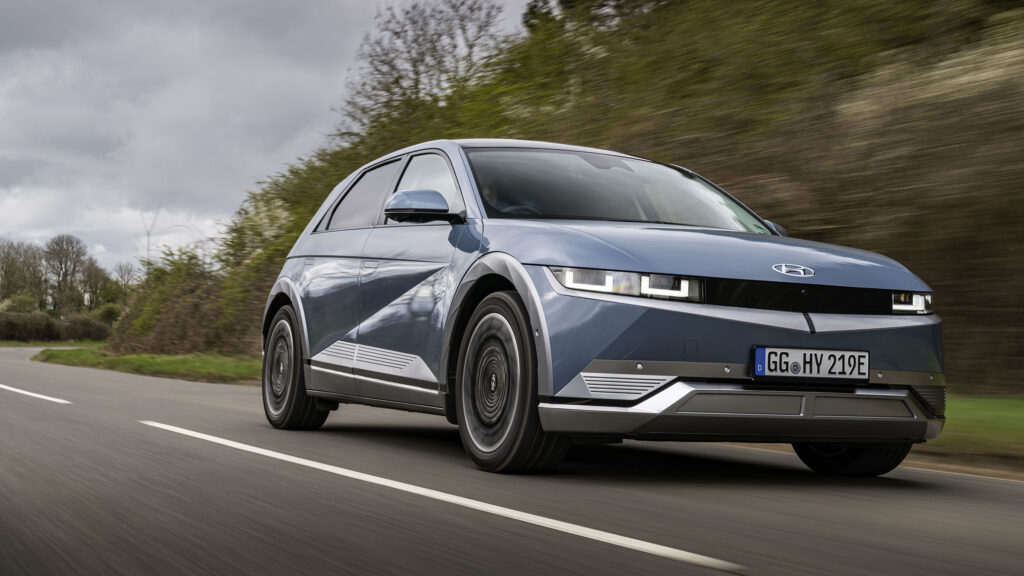
Perhaps the biggest change between the EV6 and the Ioniq 5 will be the luxury of choice, with Hyundai understood to be targeting a wider line-up of choices, while Kia is expected to only introduce the top-tier offering.
In real terms, that means more pricing variations for Hyundai, with the brand expected to launch with four powertrain options, including an entry-level 58kWh 2WD, stepping up to the 58kWh AWD, then topping out with the 72kWh 2WD and 72kWh AWD.
It’s this strategy that should allow Hyundai to offer a lower entry point than its Kia sibling, with the EV6 expected to start in the $65k range in Australia.

Kia’s EV6, on the other hand, is likely to arrive in its most-expensive guise only, with a 77.4kWh battery, but the brand is still confident of arriving at a price in the $70k range.
READ MORE: Ioniq 5 N gathers pace, Australians expected to embrace hot Hyundai EV
READ MORE: NZ Ioniq 5 pricing a guide for what to expect in Australia
READ MORE: $65K start price firming for Kia EV6
READ MORE: New Kia EV6 to overtake the Stinger as a performance hero
READ MORE: Kia EV6 uses Ioniq 5 electrical architecture, but promises supercar performance with GT
Kia EV6 versus Hyundai Ioniq 5: Range and performance
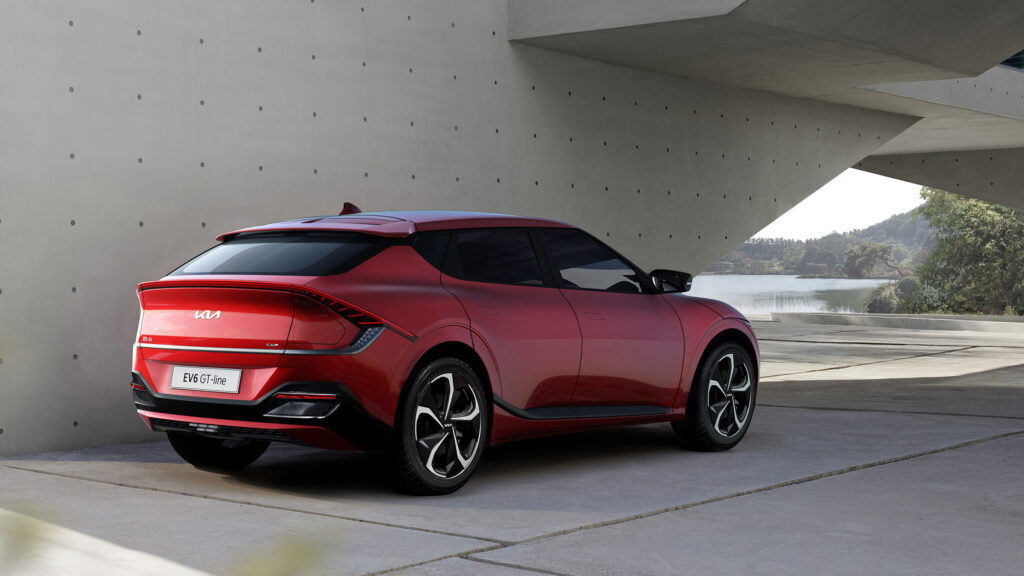
As flagged above, the Hyundai Ioniq 5 is expected to be offered with four trims, two battery sizes and and with two- or all-wheel drive.
That story starts with the Hyundai Ioniq 5 Standard Range 2WD, which makes use of one electric motor at the rear tyres, producing some 125kW and 350Nm, and a sprint to 100km/h of around 8.5 seconds. Hyundai says it will travel 384km on the WLTP cycle.
Next, you’ve got the Standard Range AWD, which uses the same 58kWh battery, but adds a second motor at the front, increasing overall outputs to 173kW and 605Nm. That’s enough to reduce the sprint to 100km/h to 6.1 seconds.
The range will then step up to the Ioniq 5 Long Range 2WD. This one sports a 72.6kWh battery and a single rear motor producing 160kW and 350Nm, and boasts a sprint to 100km/h of 7.4 seconds. Hyundai says it will travel up to 460kms on the WLTP cycle between charges.
Finally, there’s the Hyundai Ioniq 5 Long Range AWD, which shares its 72.6kWh battery with its 2WD sibling, but adds a second motor for combined outputs of 225kW and 605Nm and a sprint to 100km/h of 5.2 seconds.
Kia, on the other hand, will opt only for the bigger battery — at least initially — but the 77.4kWh capacity shades the Hyundai, and unlocks the best driving range, some 528km on the WLTP cycle.
Internationally, the big-battery line-up starts with a base model EV6, equipped with a single rear motor producing 168kW.
The range then steps up to a GT Line, which adds a front motor (and AWD) for a combined 239kW and a sprint to 100km/h of just 5.2 seconds.
But then, and this is exciting, a lighting-fast GT model will follow, producing a massive 430kW of power and 740Nm of torque – unlocking a sprint to 100km/h of just 3.5 seconds, and a top-speed of 260km/h.
Not to be outdone, Hyundai is thought to be readying its own hardcore Ioniq 5, stamped with the brand’s N, that could outshine even those impressive numbers.
Kia EV6 versus Hyundai Ioniq 5: Charging
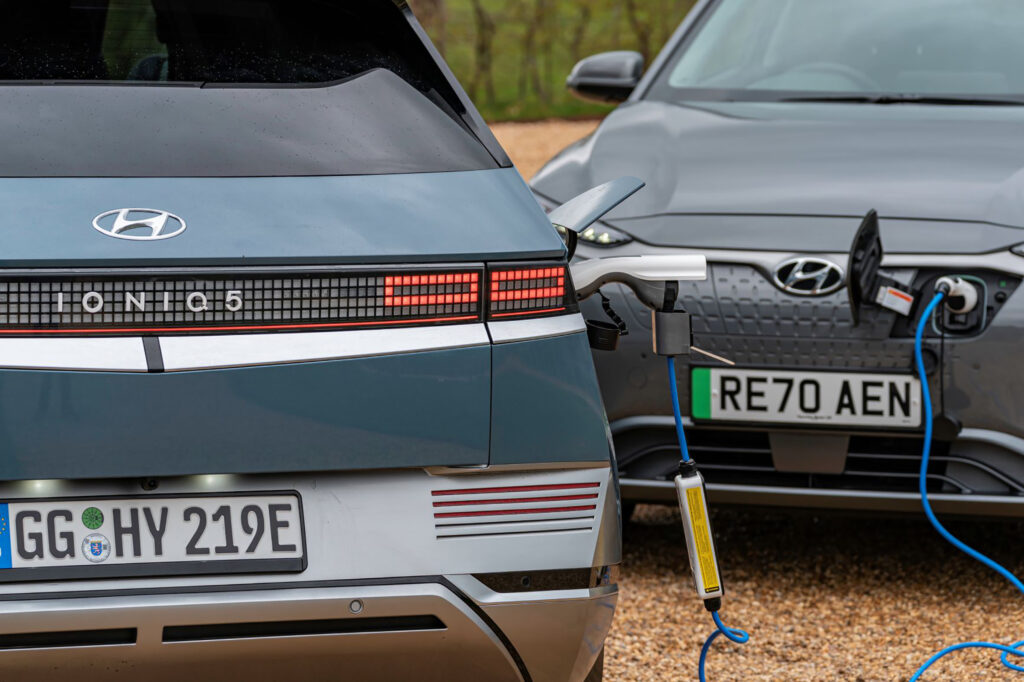
Both the Ioniq 5 and EV6 share a platform, and 800V charging capabilities, and both are capable of a DC quick-charging capacity of up to 350 kilowatts.
The way each charges should be identical, given the commonality in their electricial architectures.
For both vehicles, that means you can take on 80 percent charge in as little as 18 minutes in optimum conditions. But more impressive, the brands say you will be able to accrue 100km of driving range in less than five minutes (2WD models), which means you can quickly top up, get home, and plug-in overnight.
Using a 10.5kW AC charger should see the batteries replenished in around seven hours in both the Hyundai and the Kia.
Opt for the smaller-battery Ioniq 5, and you’ll take on 80 percent in 17 minutes using the fastest 350kW charger, in 46 minutes using a 50kW charger, and in five hours using a 10.5kW charger.
Kia EV6 versus Hyundai Ioniq 5: Size
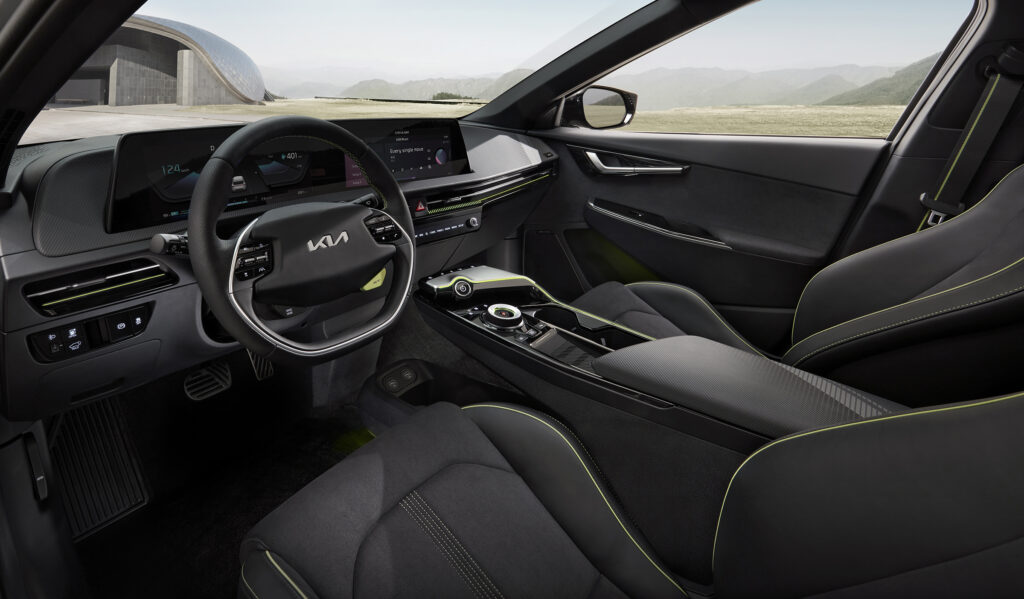
Kia’s EV6 measures 4695mm in length, 1890mm in width, and 1545mm in height, and rides on a 2900mm wheelbase, It will deliver 490 litres of luggage space in the boot, and another 20 litres in the front trunk.
The Hyundai Ioniq 5 is slightly smaller, at 4635mm long and 1890mm wide, but rides on a slightly longer wheelbase at 300mm. You also get more luggage capacity, at 527 litres at the rear with the seats in place
Kia EV6 versus Hyundai Ioniq 5: Timing
It’s a win to the Hyundai on the race to Australia.
The Kia EV6 is expected to launch in Australia at the end of 2021 or in early 2022. The Hyundai Ioniq 5, then, will be first to the party, with the brand targeting a launch in late Q3 or in Q4 of 2021.


